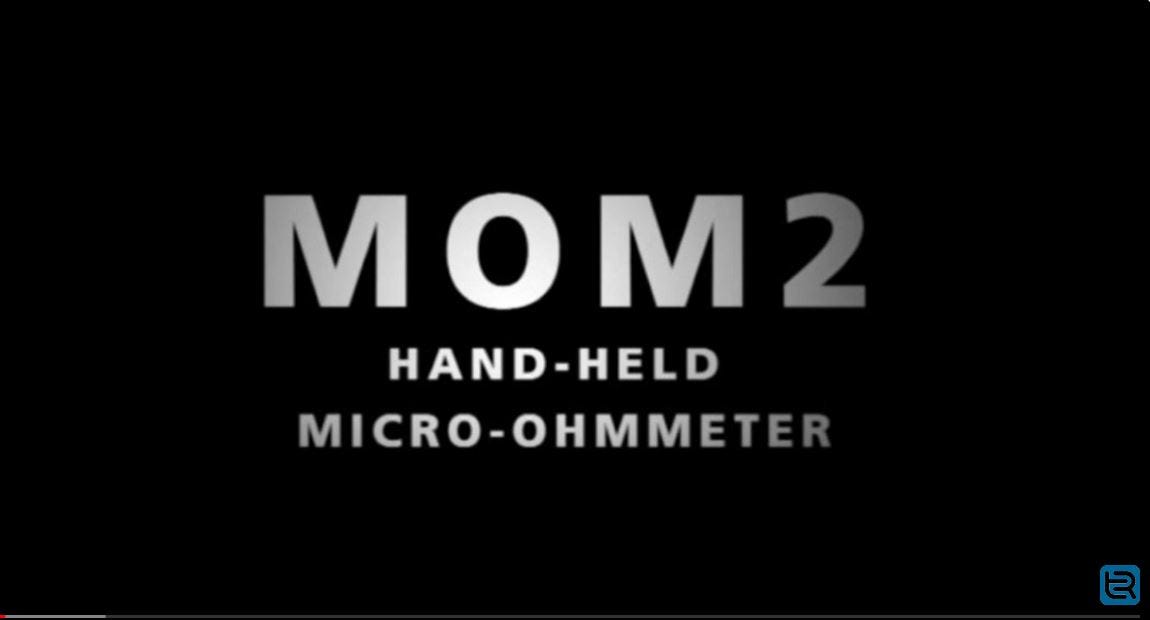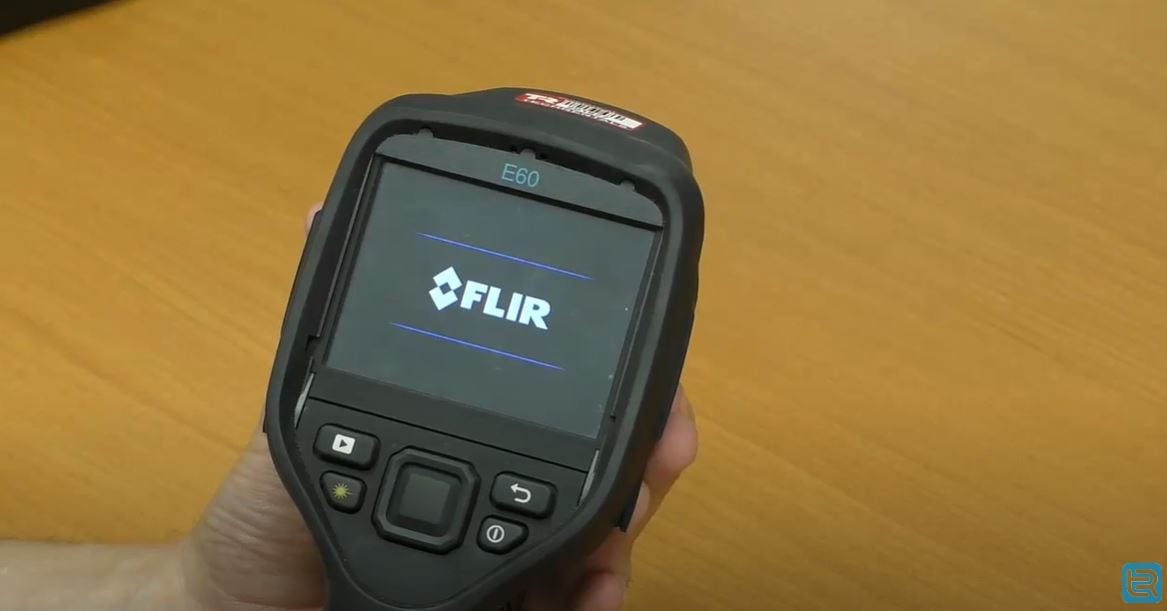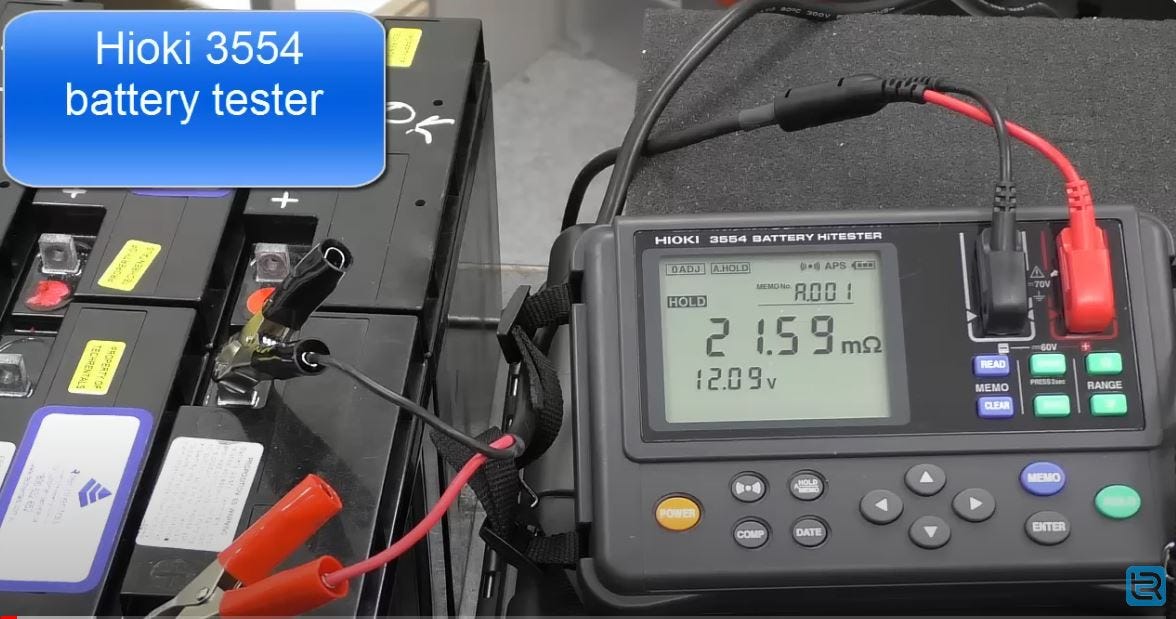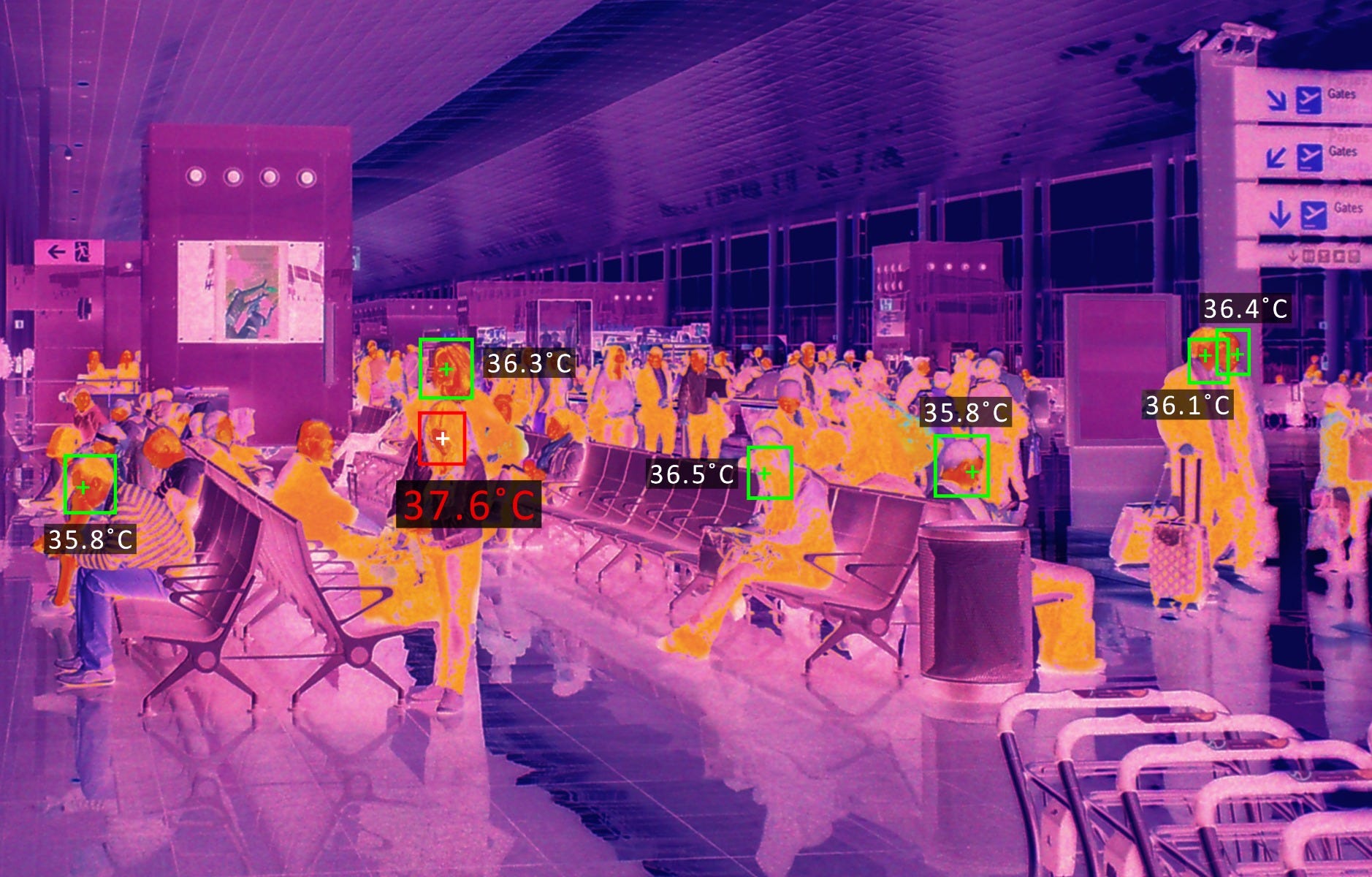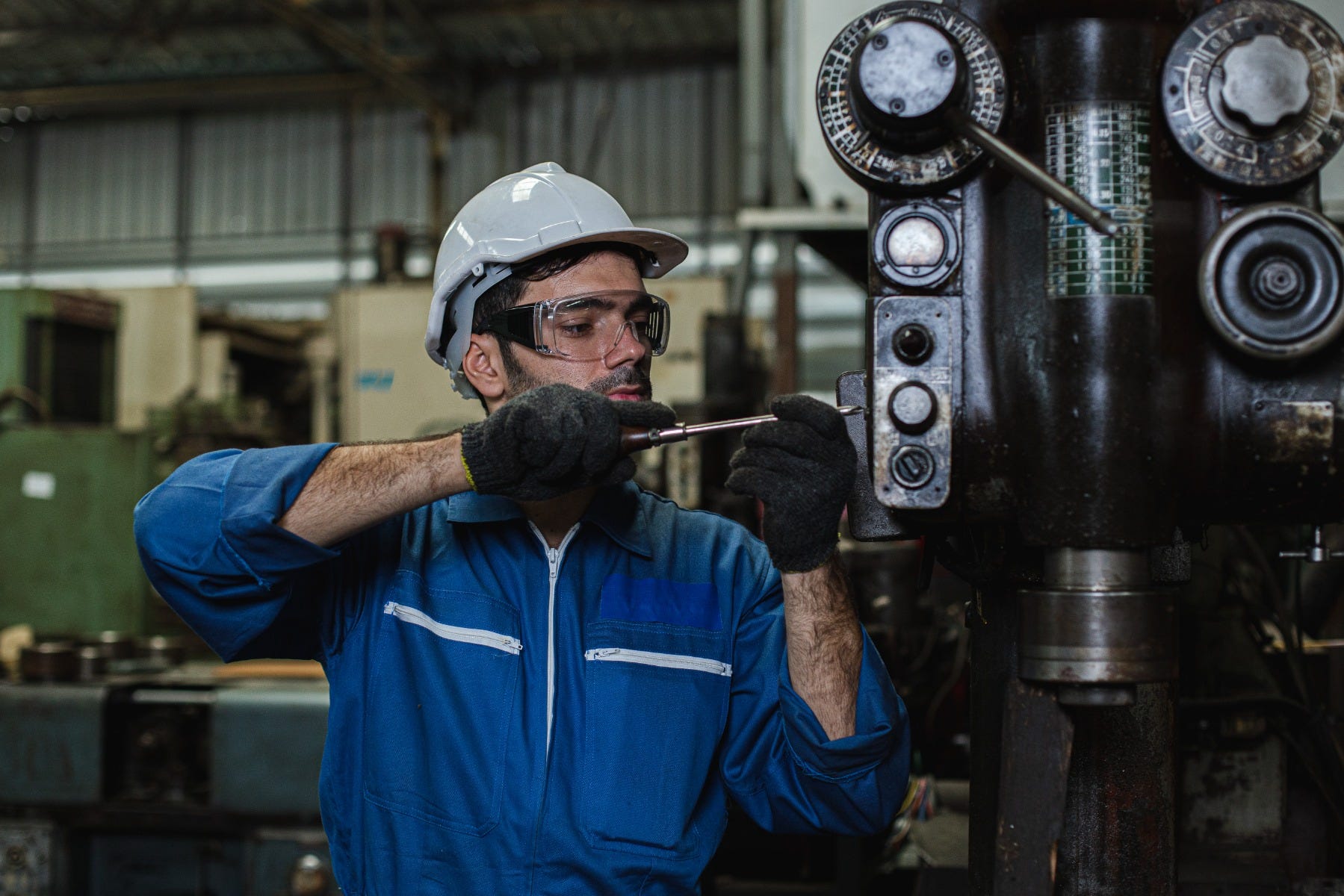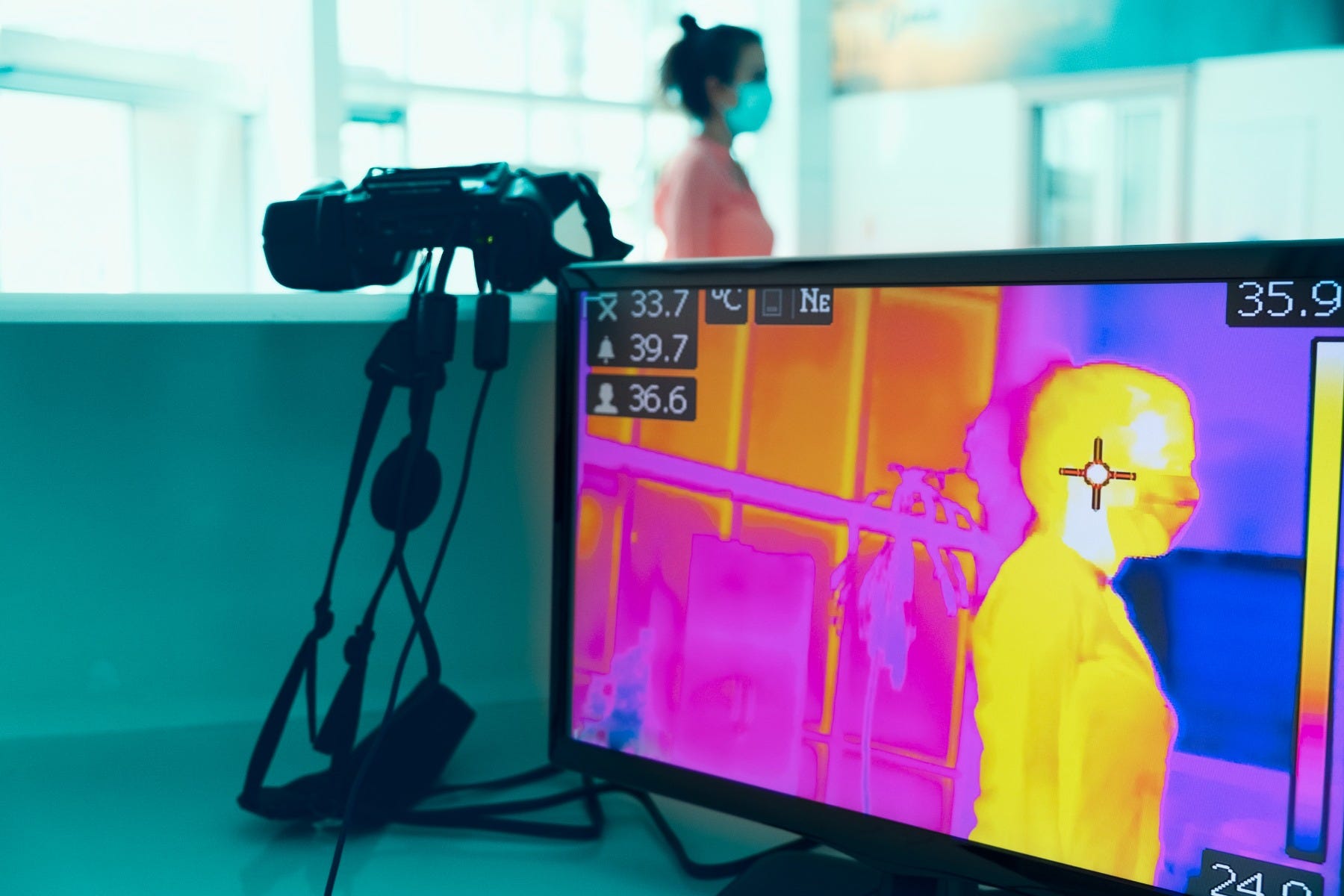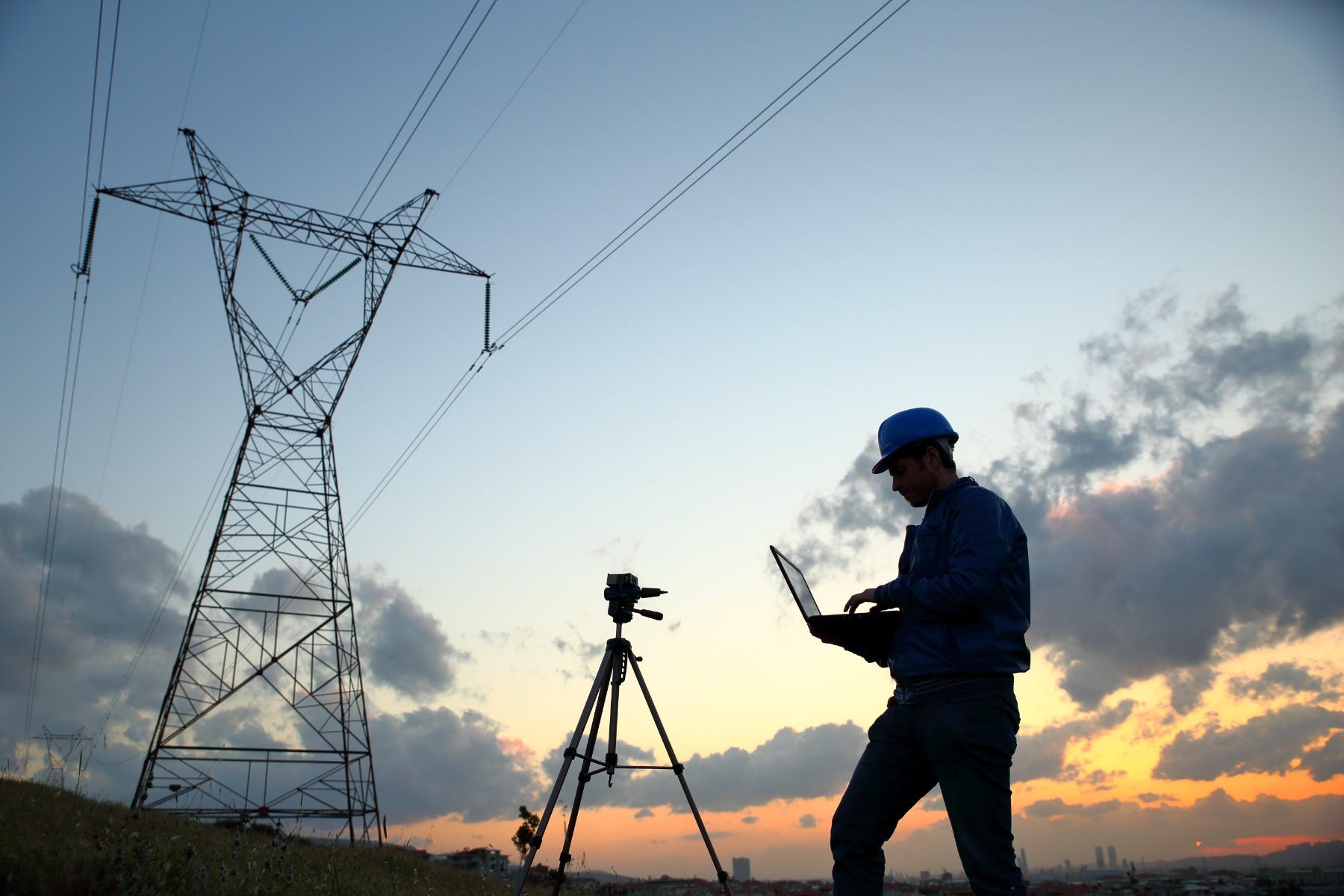Overview of the Megger MOM2 Micro-ohmmeter
The MOM2 is a lightweight (1 kg), handheld Micro-ohmmeter. It measures up to 220 A test current, auto-ranging from 999 μohm to 1000 mohm FS. Rechargable batteries provide 2200 measurements for I min = 50 A, or 800 for I min = 100 A. Memory for 190 recorded measurements, downloadable via Bluetooth with provided software. Kelvin probes included.
